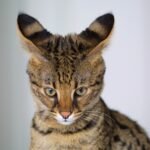Have you ever caught your cat napping in the oddest places or curling up in a way that just melts your heart? It’s no secret: cats love to sleep, and they’re absolute masters at finding the coziest spots. But here’s something you might not know—your cat’s sleeping position can reveal just how much they trust you. Believe it or not, every stretch, curl, and flop speaks volumes about their feelings. Let’s dive into the fascinating world of feline slumber and uncover what these adorable sleep poses really mean for your bond.
The Classic Curl: Hidden Vulnerability, Quiet Trust

When your cat curls into a tight ball, tail wrapped around their body and nose tucked in, it’s a sight that exudes peace. This pose is a natural instinct, protecting vital organs and conserving warmth. While it shows some caution, a cat who chooses to curl up in your presence is signaling a gentle trust—you’ve made their world feel safe enough to let their guard down just a little. It’s like someone pulling a blanket over themselves; cozy, protected, but still quietly alert. If your cat does this on your bed or next to you, you’re definitely in their inner circle.
The Belly-Up Sprawl: Ultimate Vulnerability
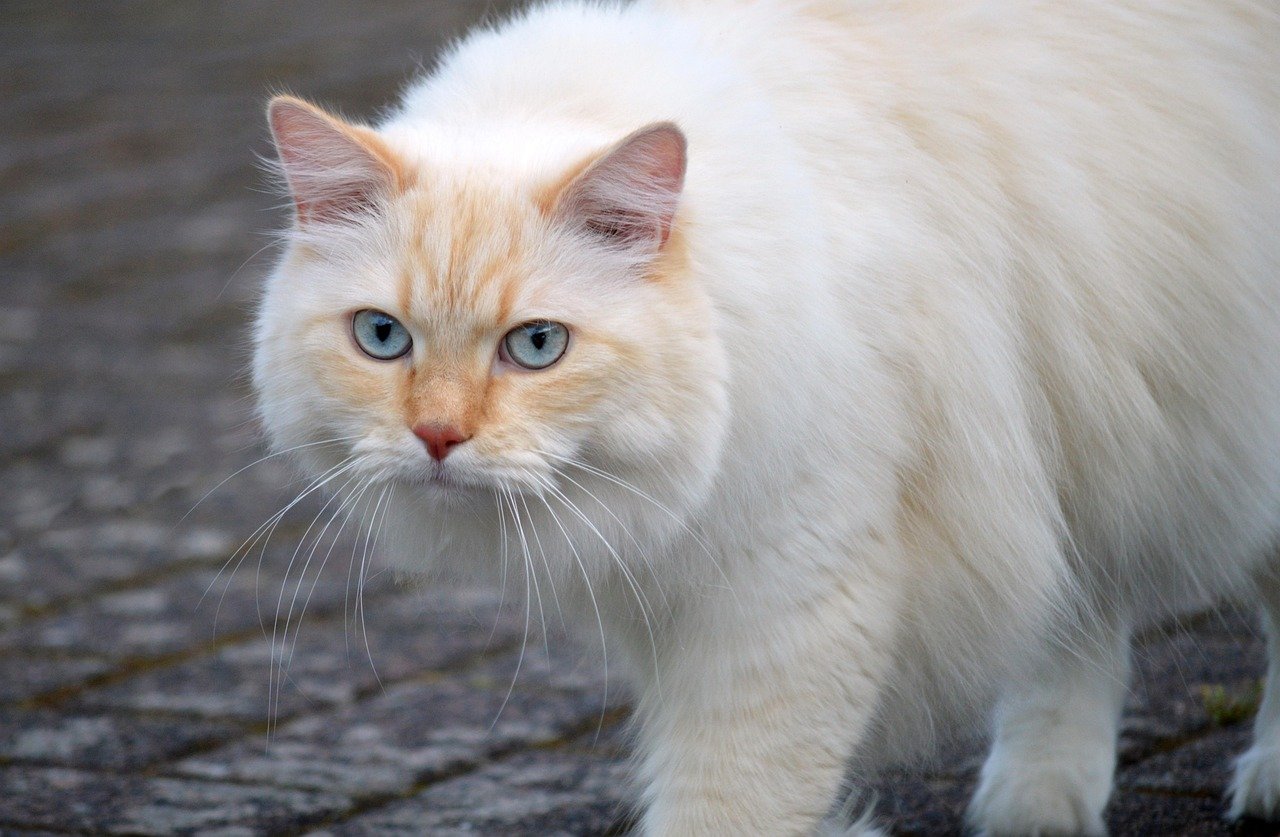
Nothing says “I trust you” like a cat snoozing belly-up, paws askew. The soft underbelly is a cat’s most vulnerable spot, and exposing it while asleep is the ultimate sign of confidence in their environment. This position is a clear sign that your cat feels secure and unthreatened—so much so that they’ll risk a tummy rub ambush! It’s like sleeping with your front door wide open; only those who feel truly safe would dare. Take it as a huge compliment if your feline friend naps this way in your home.
The Loaf: Ready but Relaxed

You know the look—a cat sitting upright with their paws and tail tucked neatly under their body, resembling a loaf of bread. This position means your cat is relaxed but ready to spring into action if needed. While not the deepest sleep, it’s a sign of moderate trust. They feel at ease enough to rest in your company, but they’re keeping an eye (or ear) out for surprises. Think of it as a cat’s version of dozing off on the couch with the TV on—comfortable, but not totally checked out.
The Side Sleeper: Comfort and Contentment

A cat stretched out on their side, legs extended, signals true comfort. In this pose, they aren’t hiding any part of their body, showing that they feel at ease and thoroughly trust their surroundings. It’s a classic sign of a happy, well-adjusted cat. If they nap like this near you, it’s their way of saying, “I feel safe here.” For many cat owners, this is a favorite sight, as it’s often accompanied by soft purrs and twitching whiskers in dreamland.
The Sphinx Pose: Guarded Relaxation
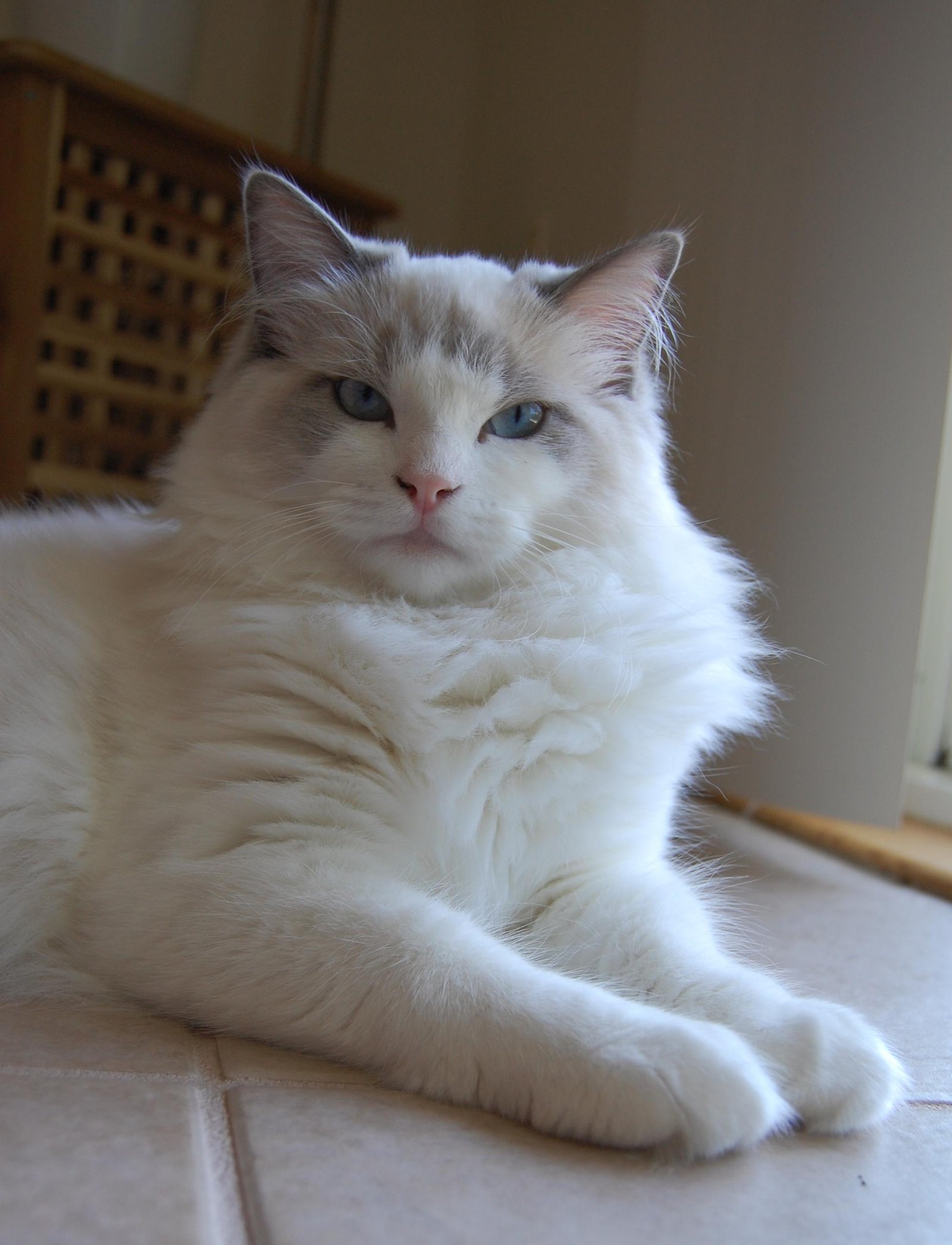
Picture your cat lying with their front paws stretched out in front, head up, and back legs tucked underneath—like a miniature Egyptian sphinx. This position is a blend of rest and readiness. Your cat is relaxed but still alert, able to spring to action if needed. It’s common in cats who are still adjusting to a new home or those who like to keep watch. If your cat prefers this pose when you’re around, it means they’re comfortable, but still sizing up their environment just in case.
The Tucked-In Tail: Subtle Signs of Security
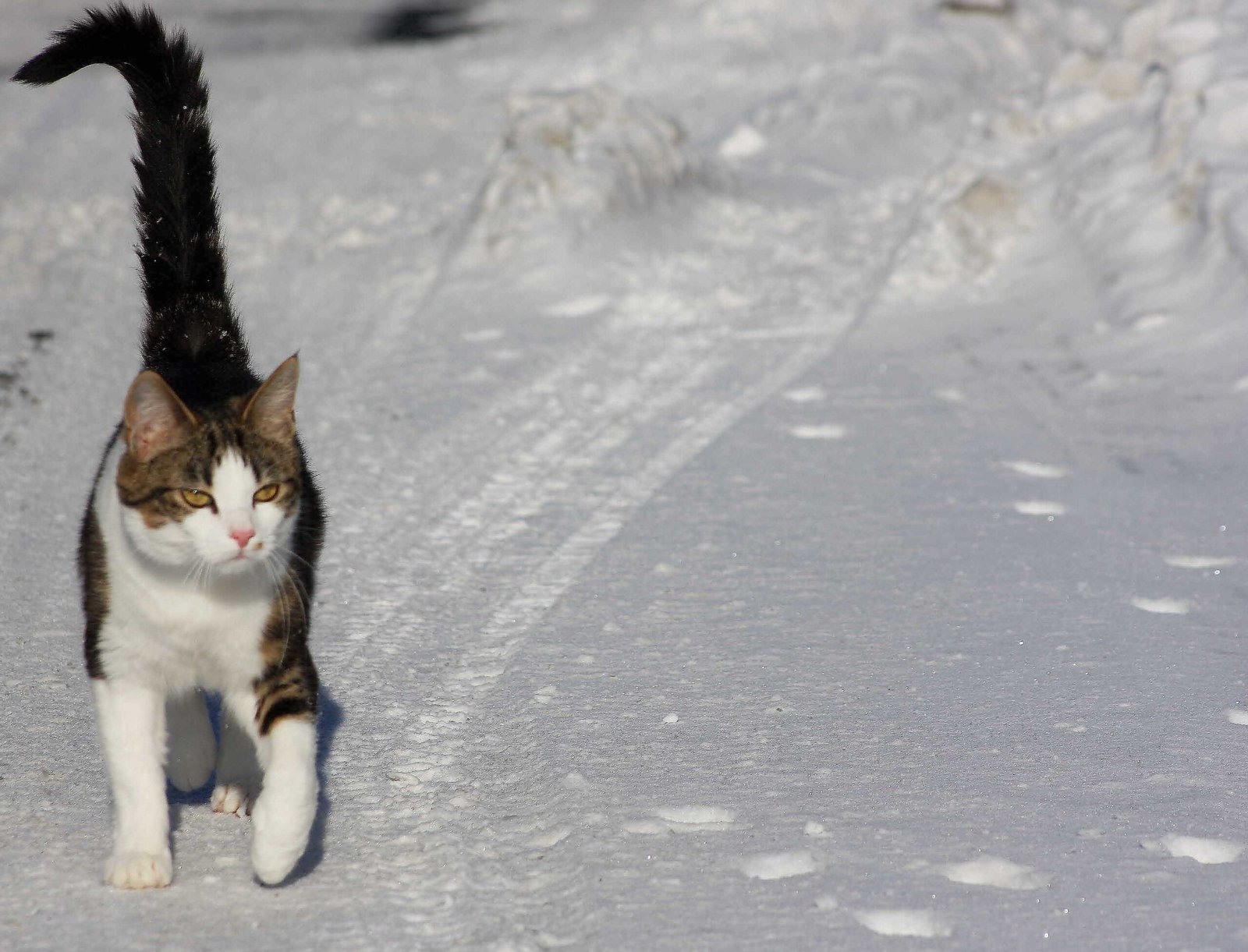
When your cat sleeps with their tail wrapped tightly around their body, it’s about more than just warmth. This self-hug can signal a need for security, but it also shows that your cat trusts you enough to let their guard down partially. They’re protecting themselves, but not hiding completely. It’s like when you pull your knees up to your chest under a blanket—comforting, but still a little cautious. Over time, as trust grows, you might see this position soften into more open, relaxed postures.
The Face Plant: Deep Trust and Exhaustion
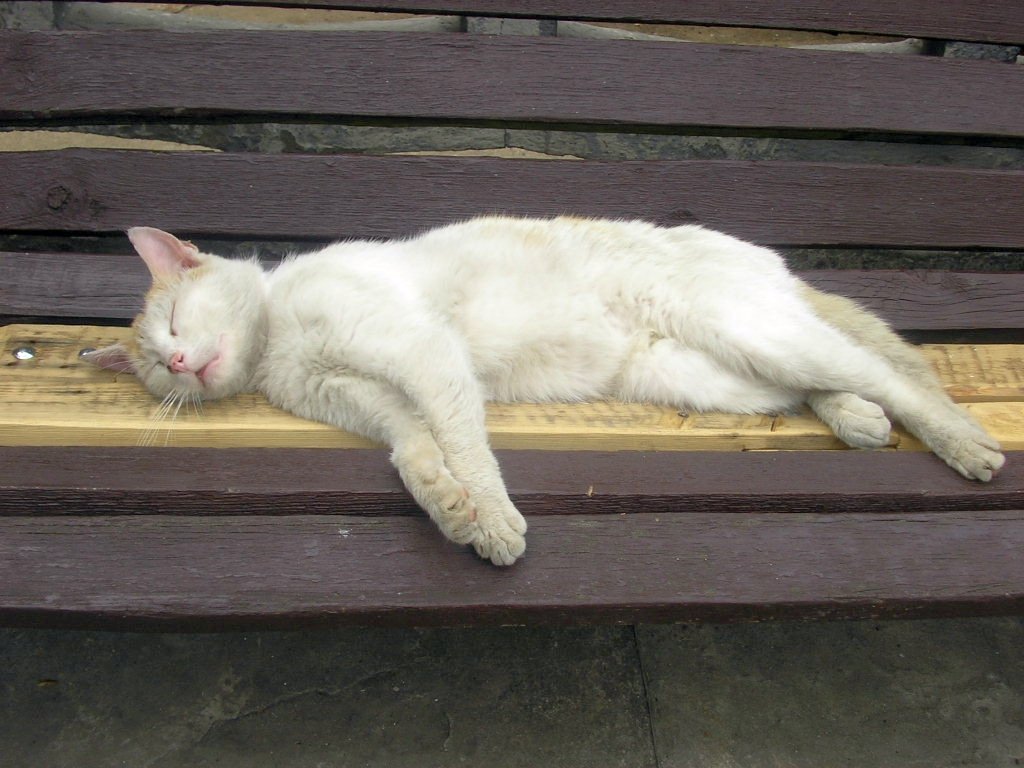
Ever see your cat flop face-first onto a pillow or blanket, almost burying their nose? This position, while hilarious, actually shows a deep sense of security. Sleeping with their face covered makes them less aware of their surroundings, which they’d only do if they truly felt safe. It’s a sign that your cat feels utterly at home and trusts you to watch over them. Some cats even snore in this position, which is just about the cutest compliment you can receive.
The Contorted Cuddle: Twisted but Trusting
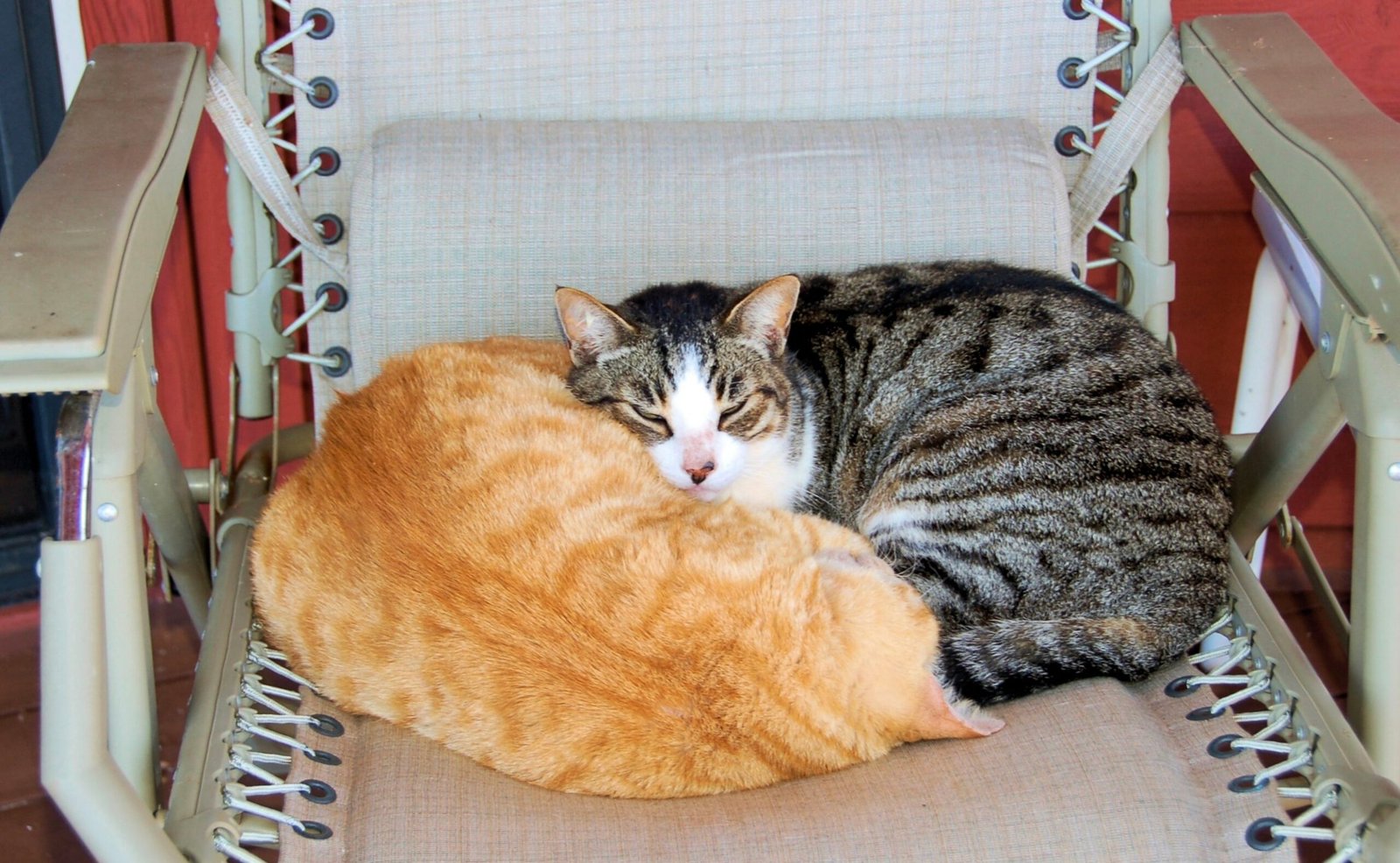
Sometimes cats sleep in the most bizarre, contorted positions—half on their back, one paw over their face, back legs splayed. This flexibility is adorable, but it also sends a message. Cats who feel safe will let their bodies relax into these unusual shapes, unconcerned about having to spring into action. It’s a sign of complete trust and comfort, like a child sprawled across the bed after a long day. If you catch your cat in a twisted nap, you’re doing something right.
The Companion Cuddle: Social Trust
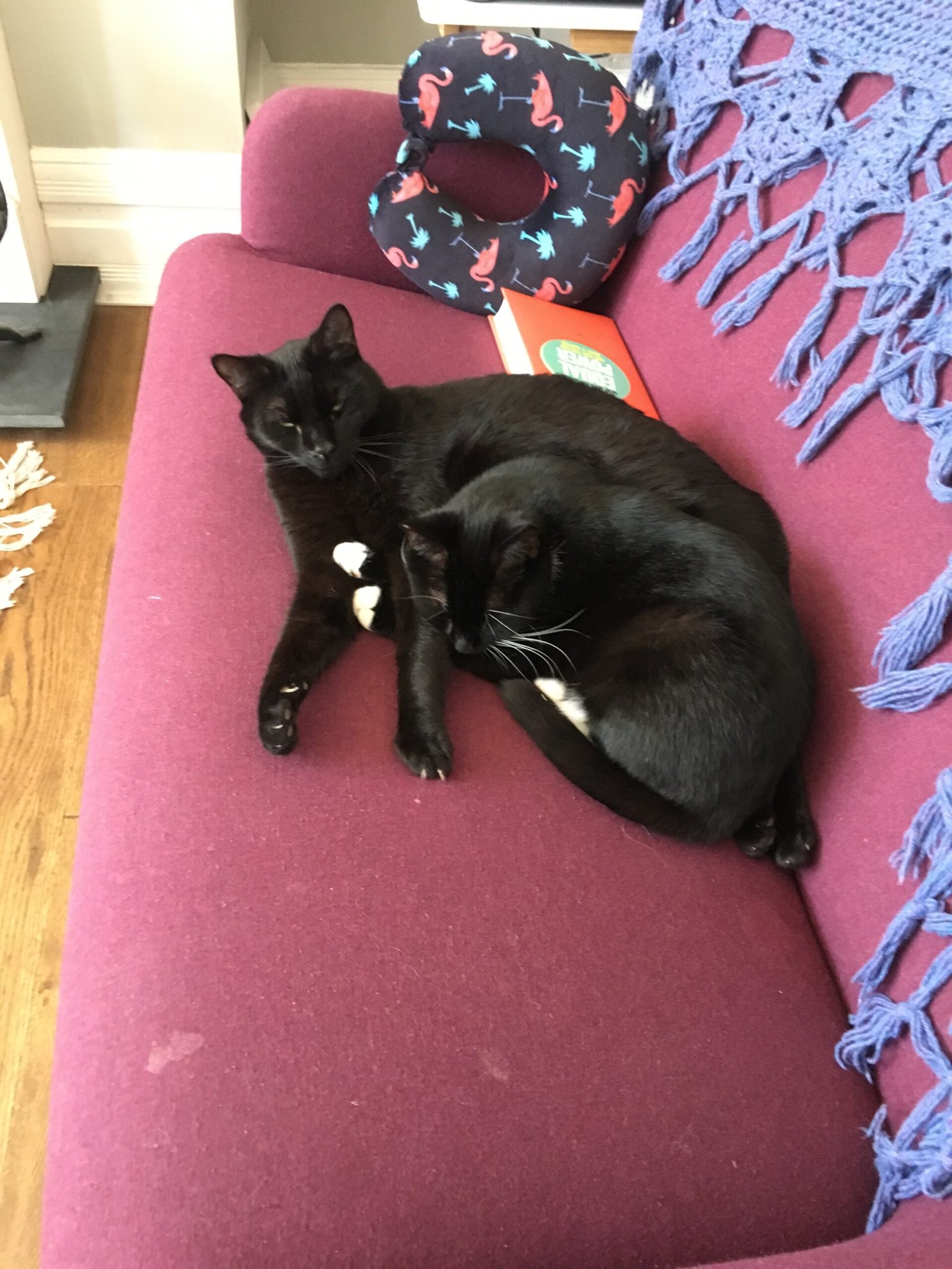
When your cat chooses to sleep pressed up against you—or even on top of you—it’s a powerful sign of affection and trust. Cats are naturally solitary sleepers, so when they opt for a snuggle, they’re saying, “You’re family.” This behavior is especially common in multi-cat households, where cats who trust each other will nap together. If your cat picks you as their cuddle buddy, they see you as a safe haven.
The Head Rest: Marking You as Safe

A cat that rests their head on your hand, arm, or leg while sleeping is marking you as a trusted companion. This gentle gesture combines comfort with a subtle claim: “You’re mine, and I’m yours.” Cats have scent glands in their faces, so this move also mixes their scent with yours, reinforcing feelings of safety and belonging. It’s a quiet, unspoken bond that grows stronger with each nap.
The Window Watcher: Alert yet Secure

Cats love to sleep on windowsills, basking in the sun while keeping an eye on the world. This position combines their natural curiosity with a sense of safety—after all, they wouldn’t let their guard down if they didn’t trust their environment. When your cat naps in these exposed spots, it’s a sign they feel protected in your home. They may twitch their ears or eyelids, always half-aware, but deep down, they know you’ve got their back.
The Lap Nap: Heartfelt Connection
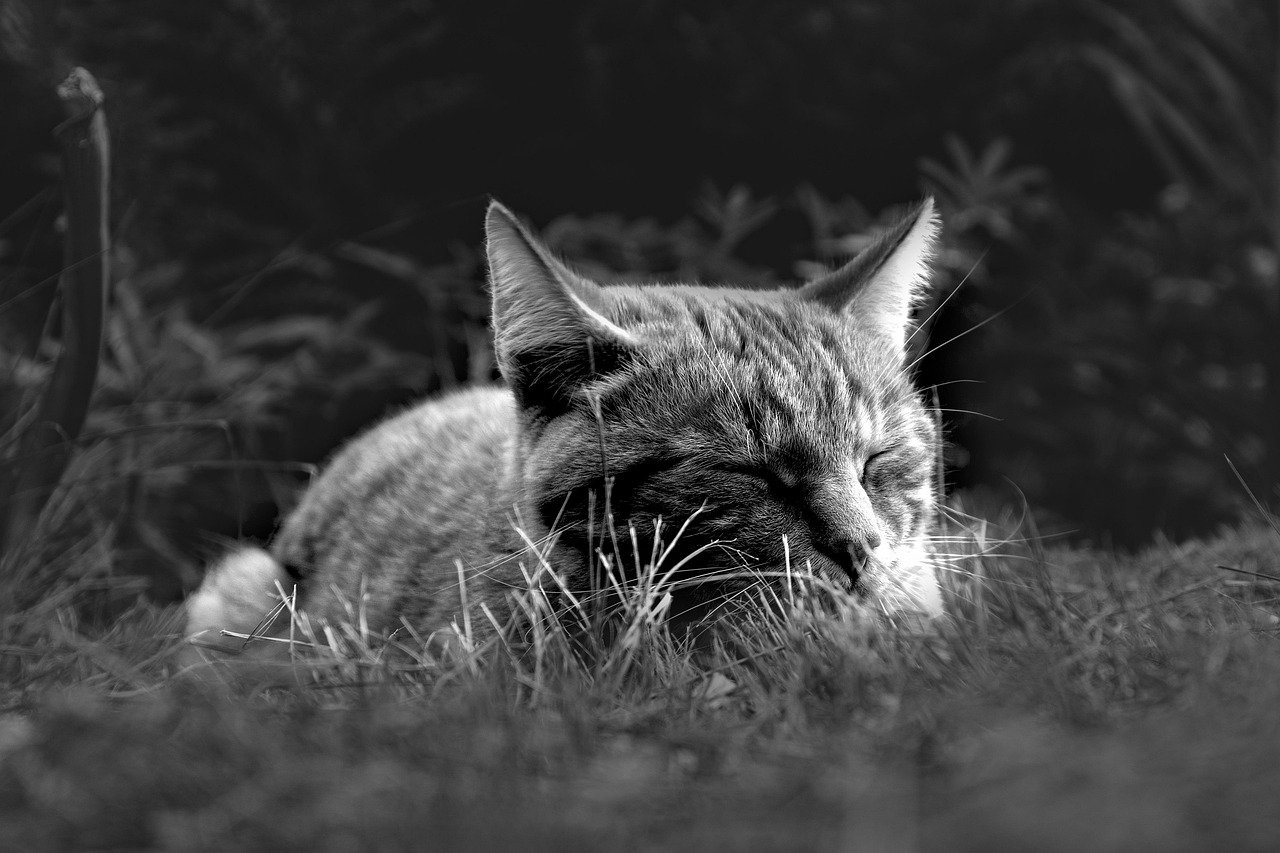
When a cat chooses your lap as their bed, it’s a special kind of trust. Your warmth, heartbeat, and scent provide comfort, and your cat feels secure enough to fall asleep in your embrace. This position often leads to purring, kneading, and sometimes gentle snoring. It’s a shared moment that can melt away even the toughest day. If your cat naps on you, you’re not just a friend—you’re family.
The Blanket Burrower: Seeking Comfort and Safety
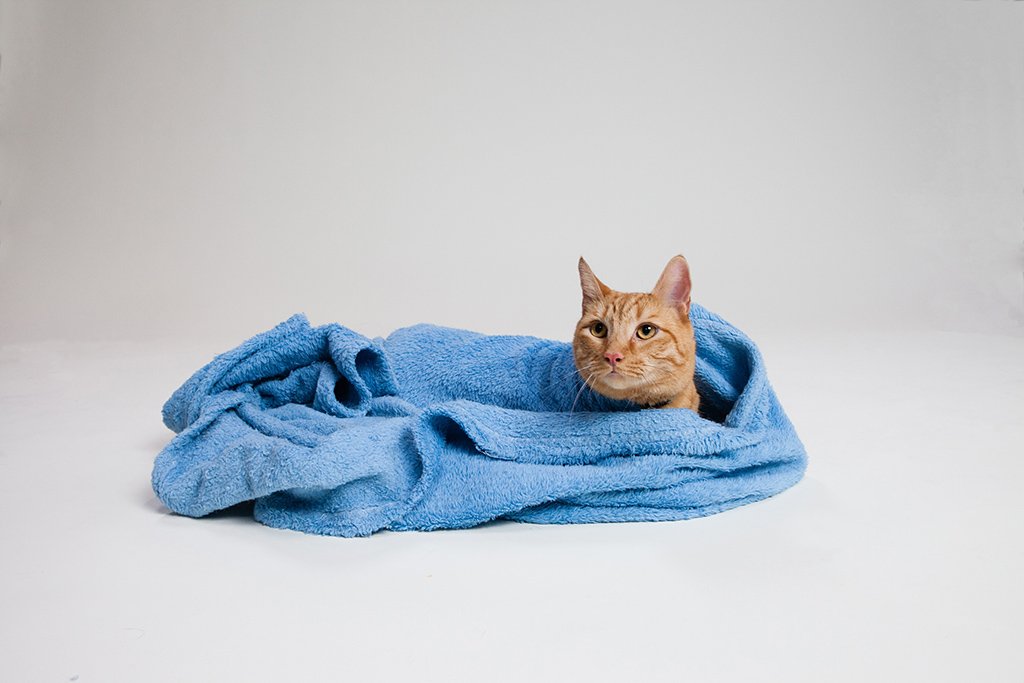
Some cats love to burrow under blankets or covers, curling up in the darkness. This cozy hideaway mimics the safety of a den. When your cat does this with you nearby or lets you tuck them in, it’s a sign of deep trust. They’re seeking comfort and warmth, knowing you’ll keep them safe from harm. It’s a behavior rooted in kittenhood, when snuggling in tight spaces meant protection.
The Paw Over Eyes: Blocking Out the World

A cat covering their eyes with a paw while sleeping is both adorable and telling. This gesture blocks out light and distractions, allowing for deeper sleep. It’s a sign your cat feels safe enough to fully relax, trusting you to look out for them while they snooze. This position often appears in sunny spots or cozy corners, where your cat feels most at peace.
The Foot-of-the-Bed Sleeper: Guardian or Guest?
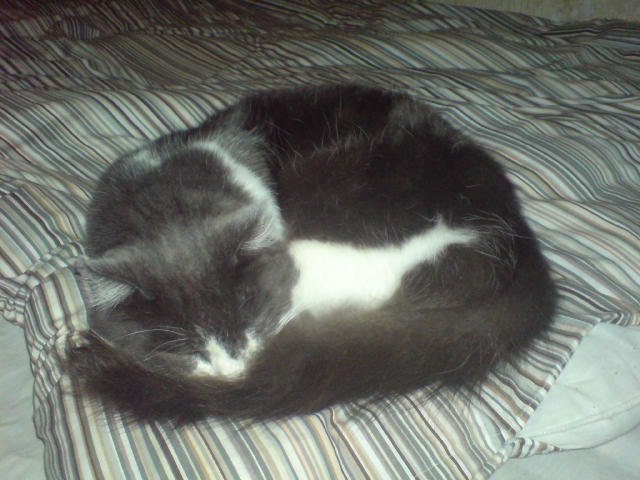
Many cats choose to sleep at the foot of their owner’s bed. This spot allows them to be close, but also gives them a quick escape route if needed. It’s a blend of trust and practicality. Your cat wants to be near you, but they’re still honoring their instincts. Over time, as trust deepens, you might notice them moving closer, eventually curling up by your side.
The Armchair King: Claiming Territory, Trusting You

Does your cat always pick the comfiest chair in the house for their nap? This territorial behavior is also a sign of trust. By sleeping in your favorite spot, your cat is mingling their scent with yours, claiming you and your space as theirs. It’s a subtle way of saying, “We’re in this together.” If they nap there while you’re in the room, it’s a double compliment.
The Kitten Pile: Childhood Trust
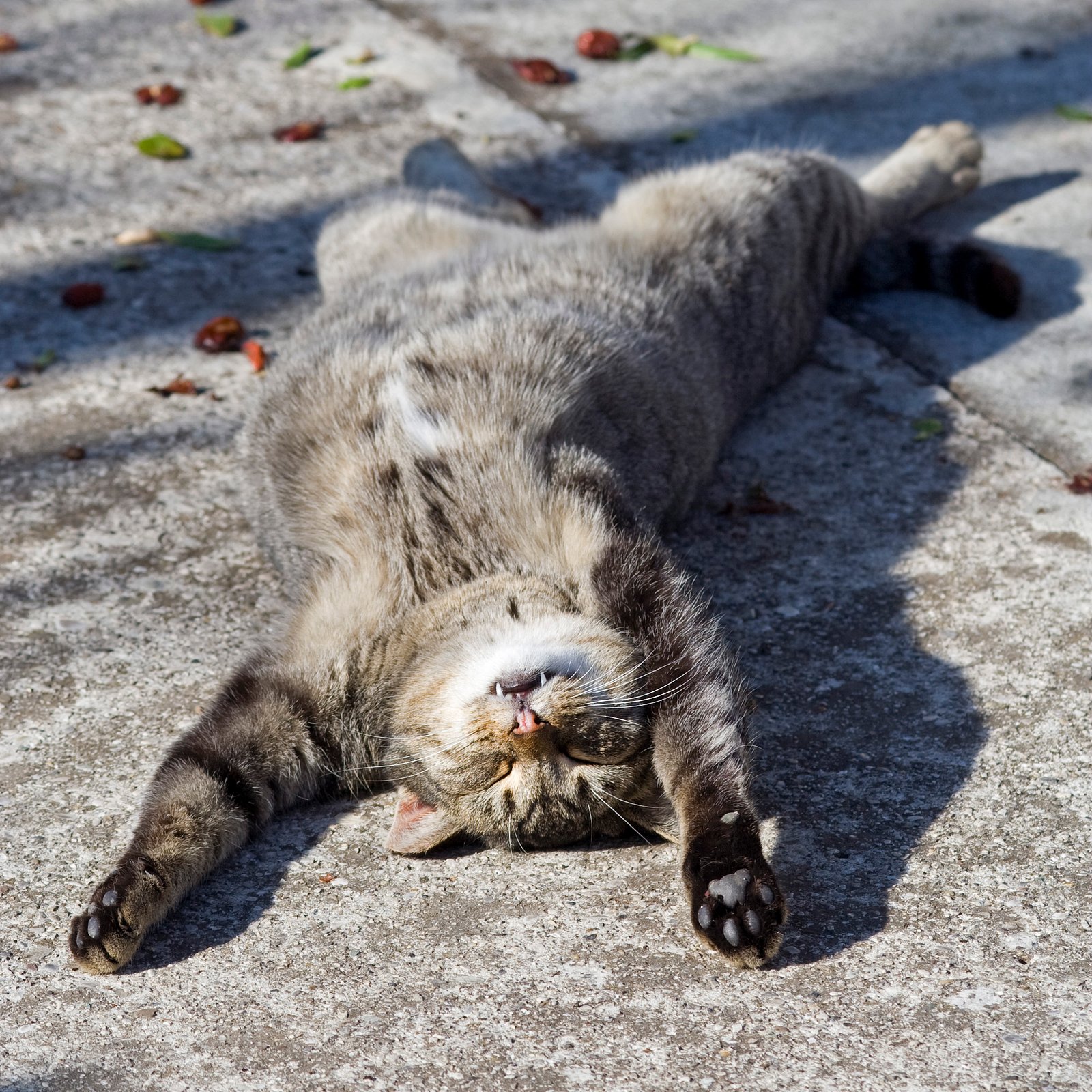
When cats sleep in a pile—especially kittens or bonded adults—it’s a throwback to kittenhood. Piling up provides warmth and safety, and it’s a behavior rooted in trust. If your adult cat still seeks out these group naps, whether with you, other pets, or soft toys, it’s a sign they feel secure and loved. It’s a living memory of the comfort and safety they once felt with their mother and siblings.
The Doorway Doze: Watching Out, Trusting In
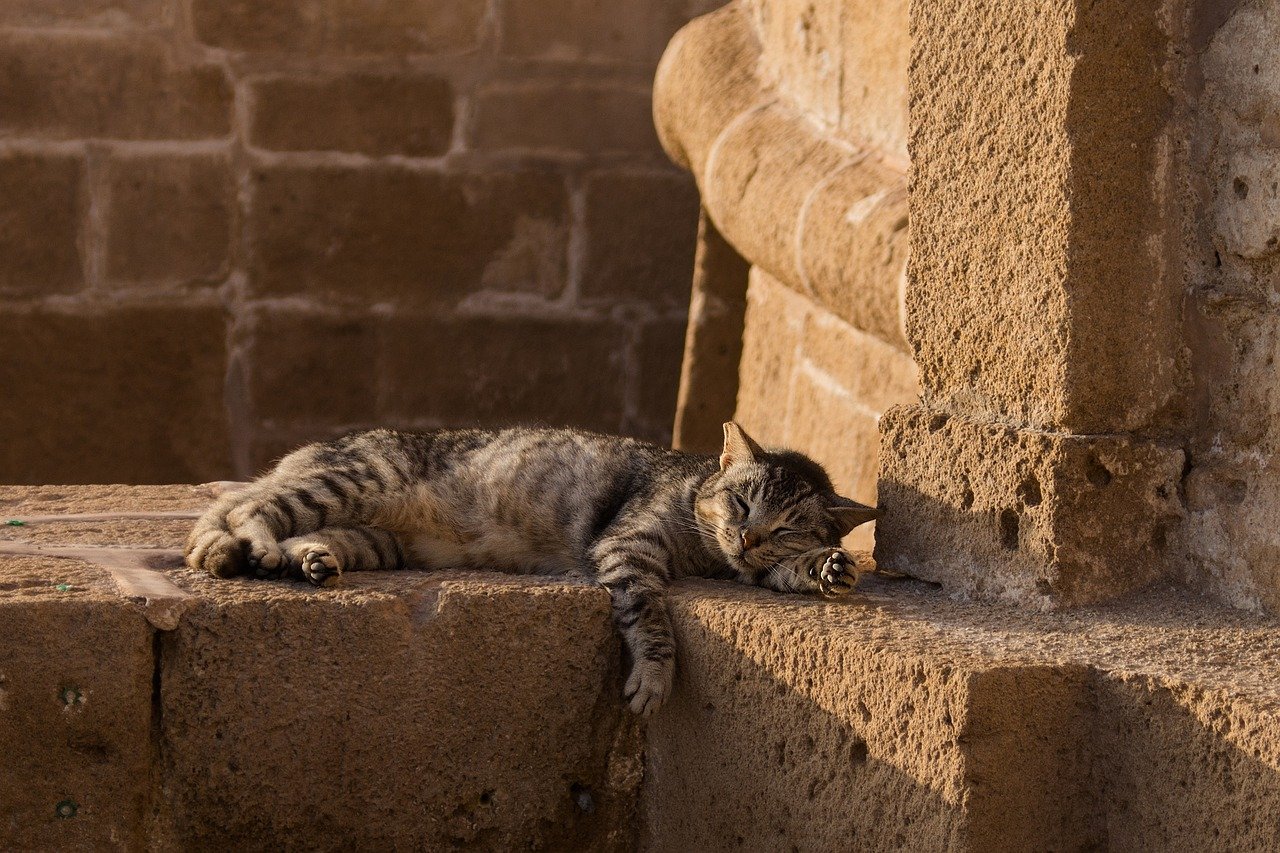
Some cats love to sleep in doorways or thresholds. This spot gives them a vantage point to monitor comings and goings—a classic feline security measure. Yet, choosing to relax here, especially when you’re home, shows they trust you to handle whatever comes through that door. They’re your little sentry, guarding the home but also feeling safe enough to snooze on duty.
The Upside-Down Head Twist: Playful Trust
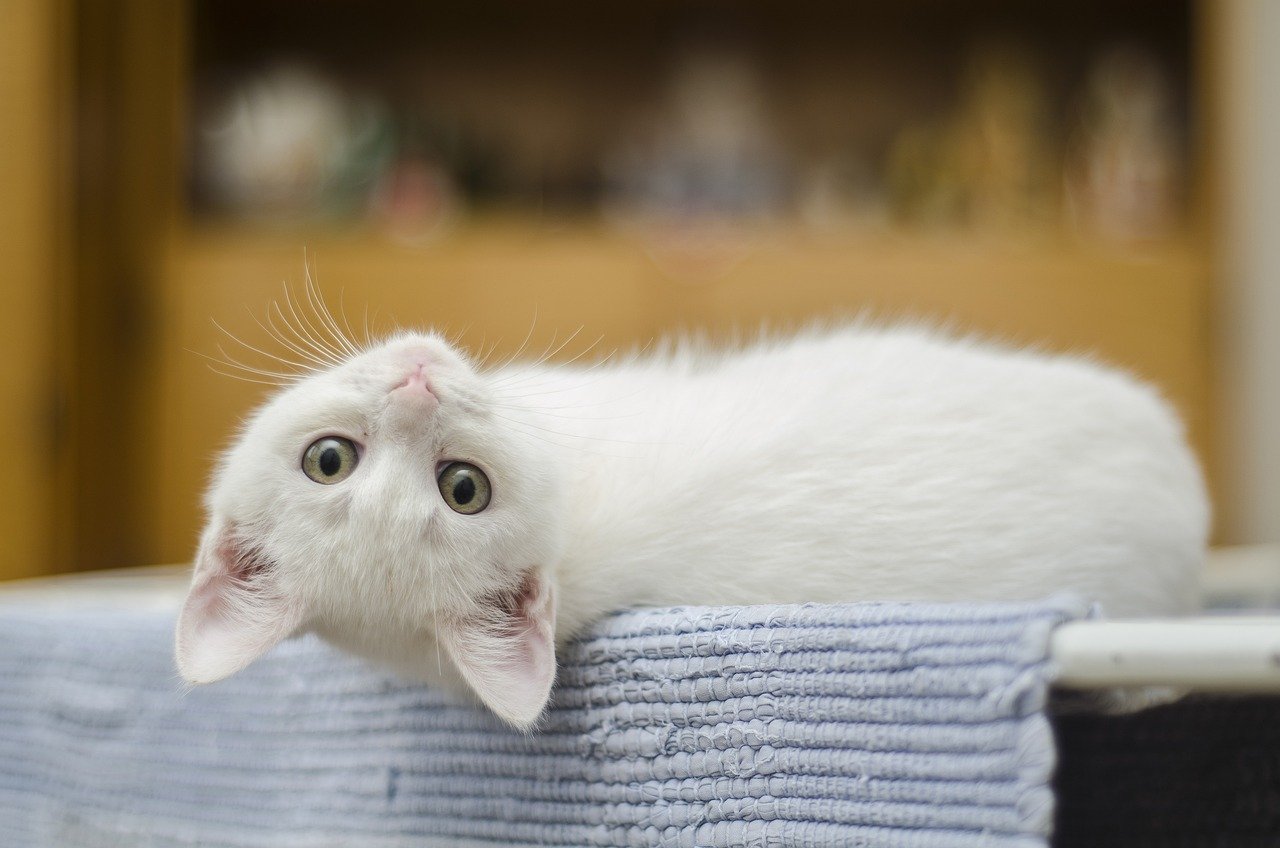
Cats sleeping with their bodies one way and their heads twisted upside down look both silly and relaxed. This pose leaves them vulnerable, but also shows a playful side. A cat who sleeps like this feels completely at ease, confident no harm will come their way. It’s as if they’re inviting you to marvel at their flexibility, all while trusting you not to disturb their slumber.
The Solitary Hideaway: Trusting the Home, Not Just You

When your cat chooses a secluded spot—a closet, a box, under the bed—they’re relying on their environment for safety. This isn’t always a sign of mistrust toward you, but rather a need for peace and quiet. If your cat comes out to greet you after a solo nap, it means they trust both you and the home you provide. This balance of independence and affection is at the heart of every strong cat-human bond.
The Sunbeam Snoozer: Trusting the World
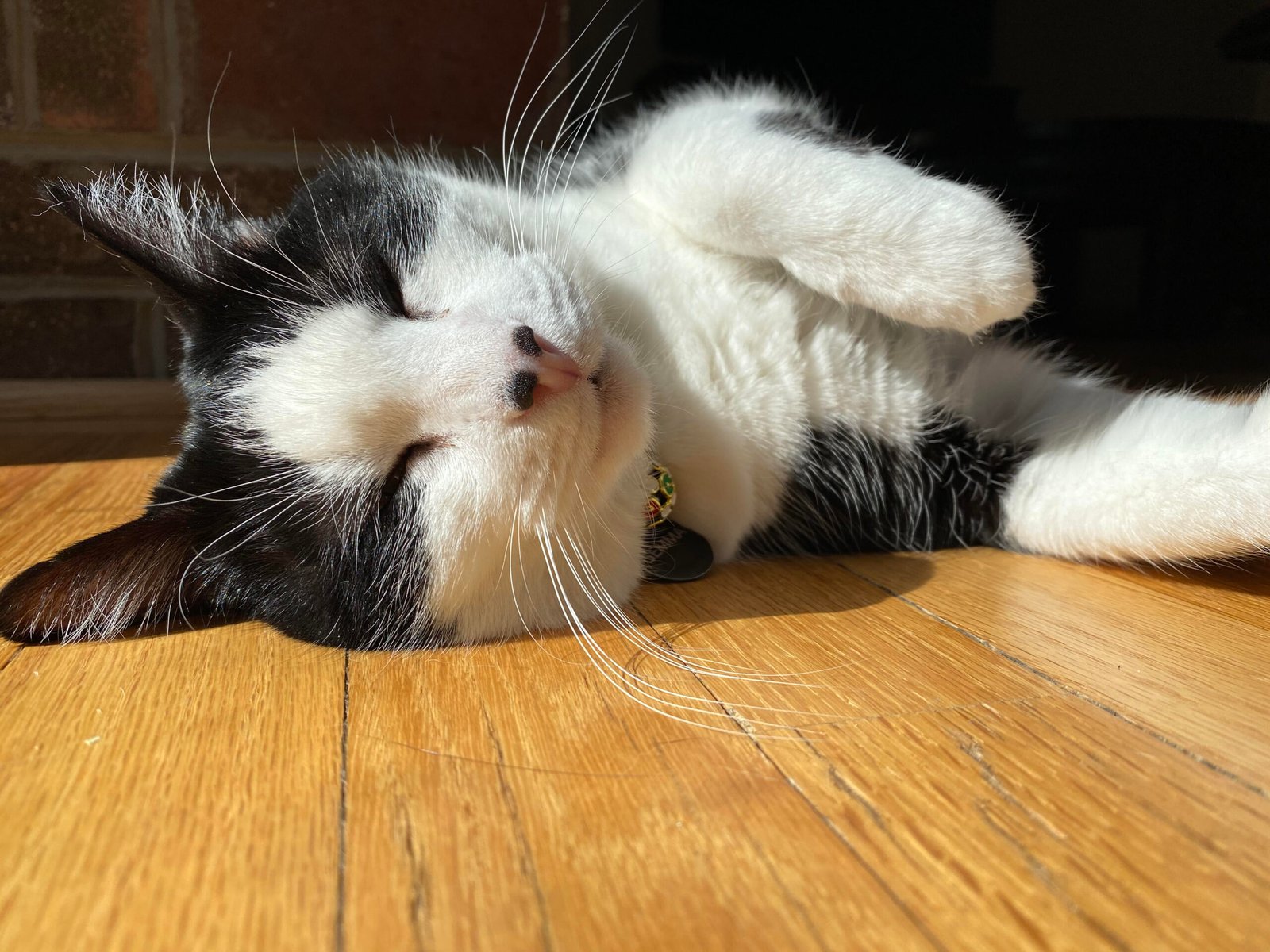
Nothing draws a cat faster than a warm patch of sun. Lying stretched out in a sunbeam, belly exposed, eyes half-closed, your cat is displaying pure contentment. This position means your cat not only trusts you, but also feels at peace with their entire world. Sunbeam snoozing is the ultimate sign of feline happiness—a moment where everything is just right.

Linnea is a born and bred Swede but spends as much time as possible in Cape Town, South Africa. This is mainly due to Cape Town’s extraordinary scenery, wildlife, and atmosphere (in other words, because Cape Town is heaven on earth.) That being said, Sweden’s majestic forests forever hold a special place in her heart. Linnea spends as much time as she can close to the ocean collecting sea shells or in the park admiring puppies.




